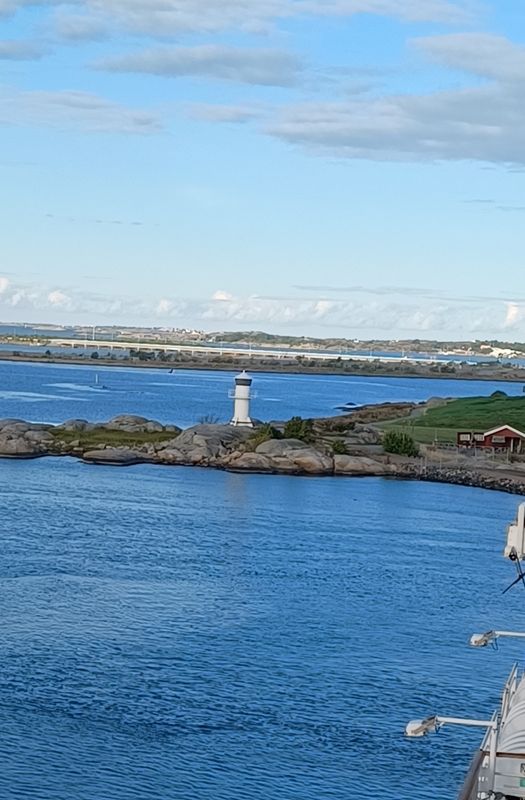
Rune Lighthouse in Måsholmen Park by Arendal cruise terminal in Gothenburg |
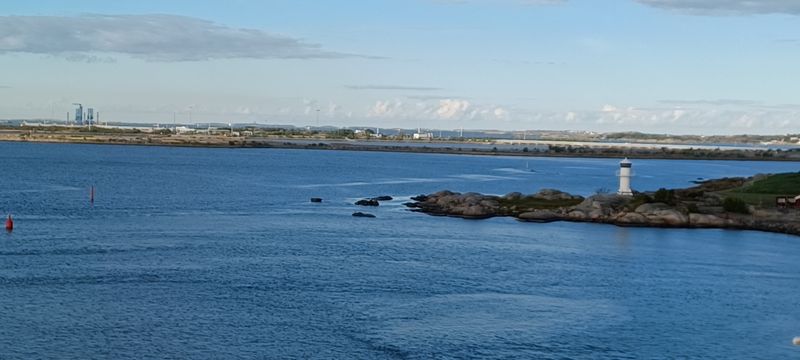
The southern Gothenburg archipelago(island chain) lies off the coast of Gothenburg, Sweden's second-largest city |
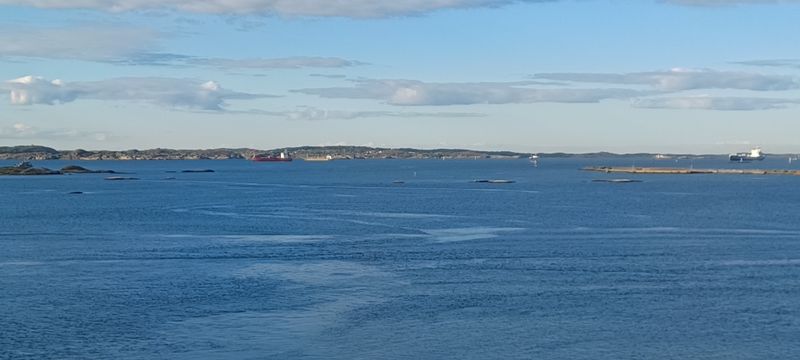
Known as Elfarsker (river islets) in the Norse sagas, famous location for holmgangar(duel to the death) during the Viking Age |

One island is considered to be the likely location of Breca and the Brondings of the Anglo-Saxon poems Widsith &Beowulf |
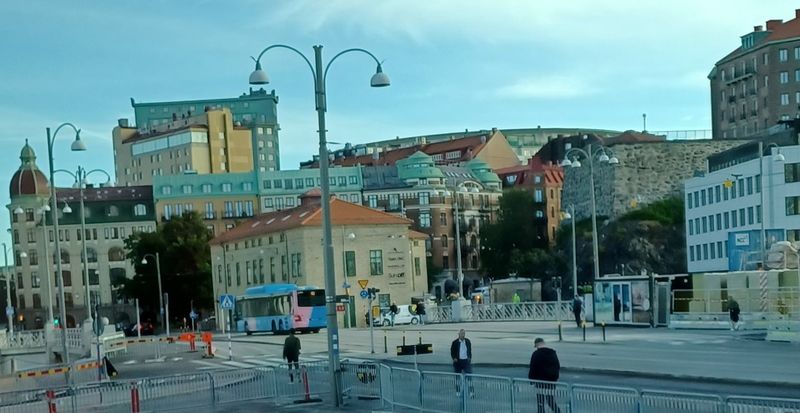
Carolus XI Rex Bastion-Stone reminant of 1624 fortifications of Gothenburg, initially embankments along the newly dug city moat |
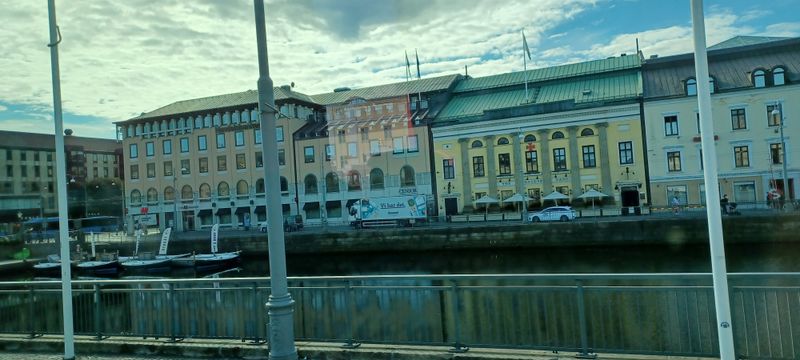
The Golden Days- Very British Pub on the ground floor of Frimurarlogen building (Masonic Lodge) built in the early 19th century |
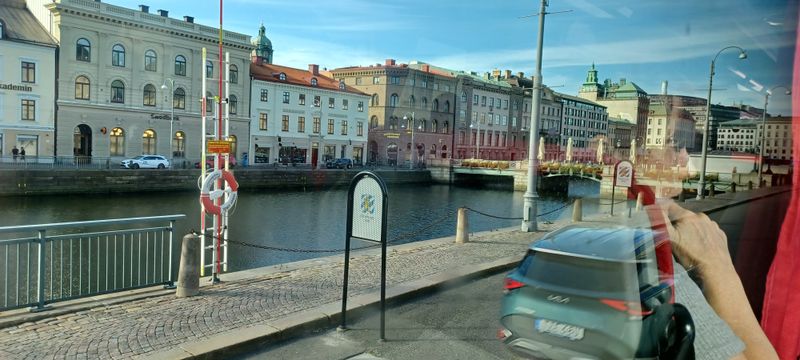
18th century imposing stone houses in Neo-Classical style erected around the main harbour canal of Gothenburg |
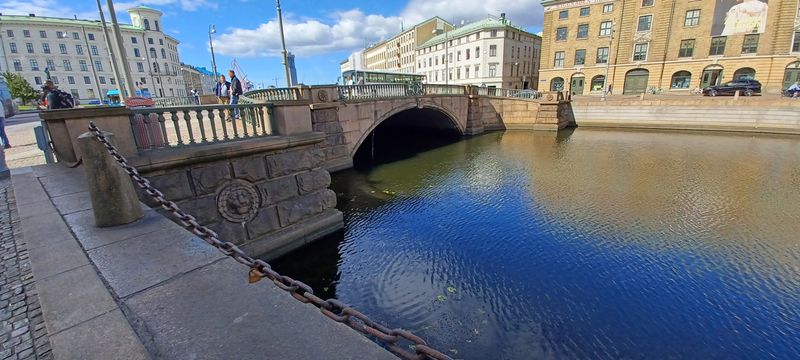
Gothenburg City Museum and Fighting Bridge- One of many low bridges across the moat and canals |
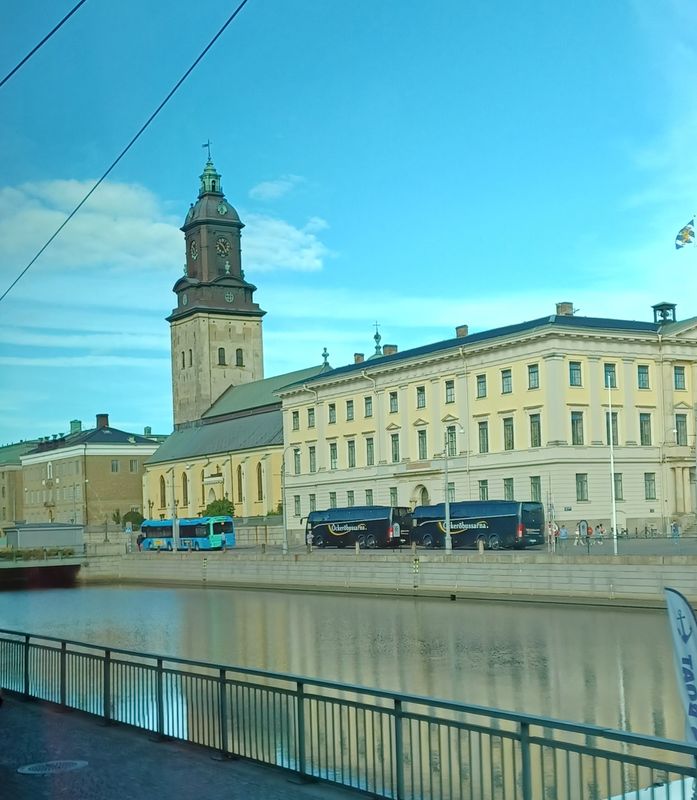
The German Church also called Christinae Church after Queen Christina (succeeded her father Gustavus Adolphus upon his death) |
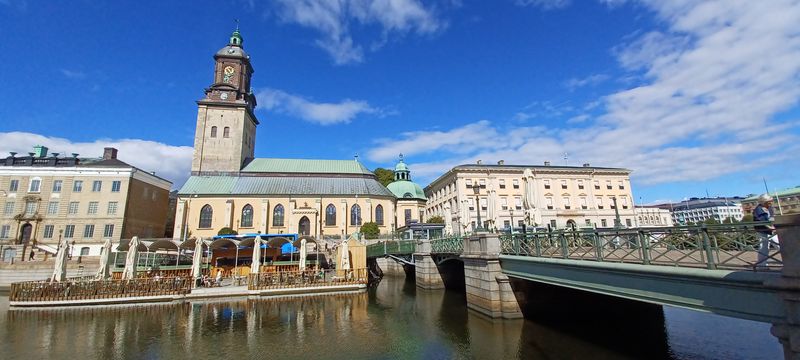
Located in the city centre next to Gustaf Adolf's square |
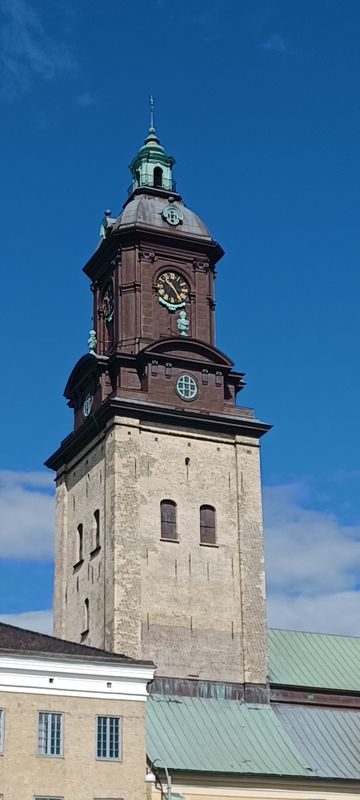
Christinae Church was inaugurated in 1748, and used by the German and Dutch congregation |
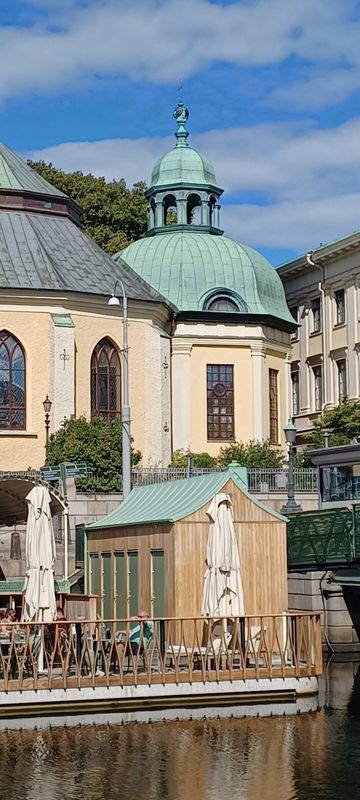
The church houses a 42-bell carillon, which was cast in 1961 |
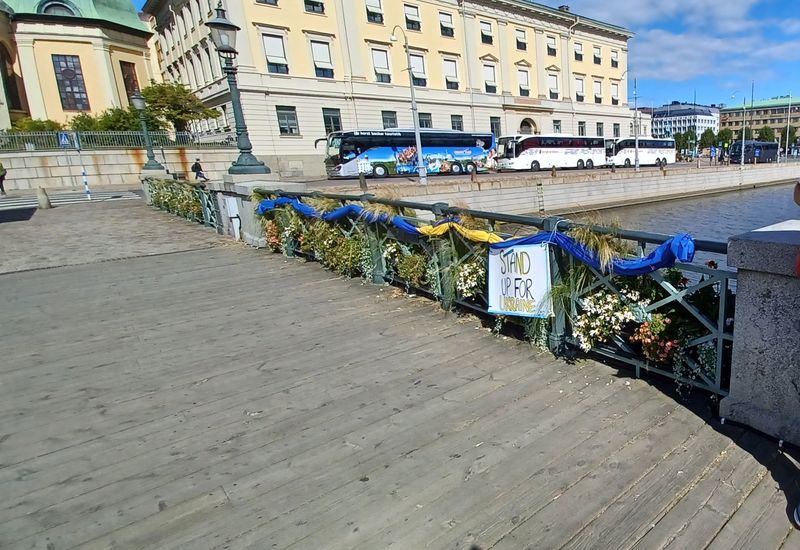
German Bridge- pedestrian bridge with Ukrainian Support decor and Gothenburg Law Court building |
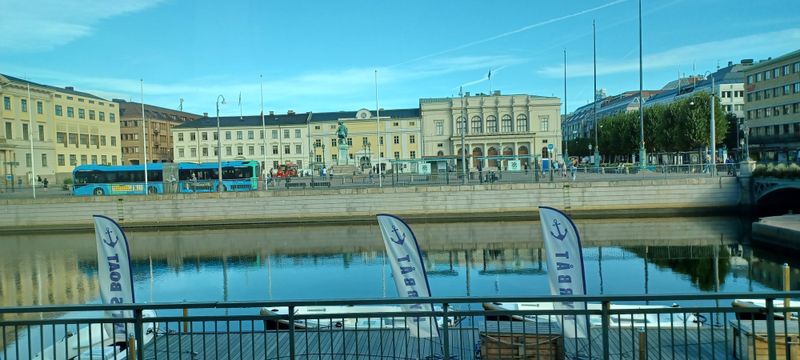
Gustaf Adolf's(King & founding father of Gothenburg) square was Stortorget(Big Square)til 1854 |
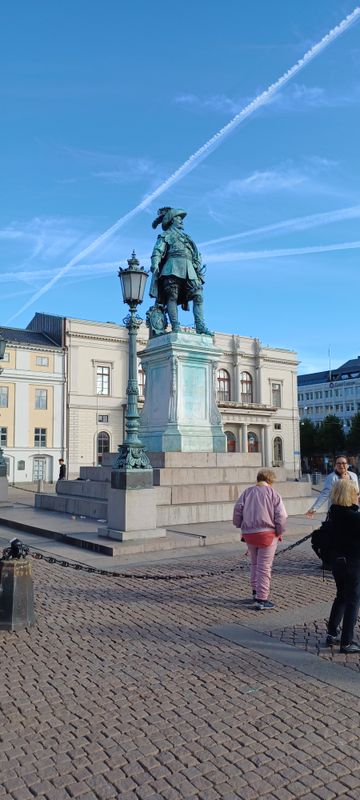
King of Sweden 1611-1632, credited for the rise of Sweden as a great European power & great military commander |
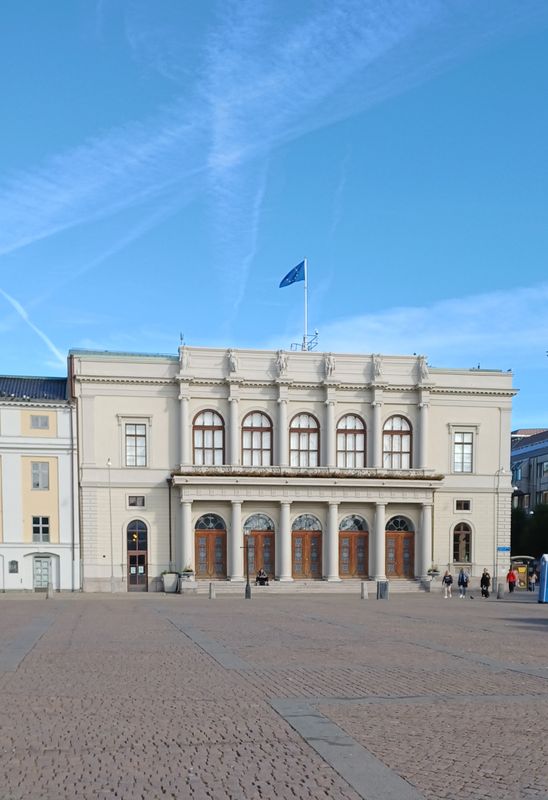
The Bourse(1849) a mercantile exchange, with ballroom in which the Gothenburg City Council has conducted its meetings since 1863 |
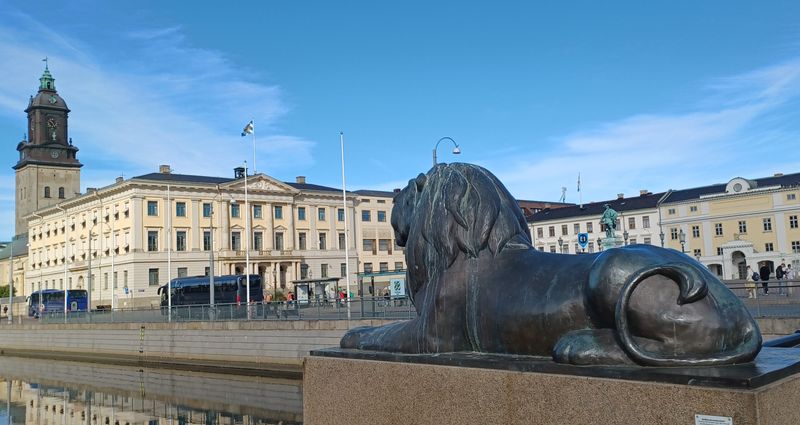
View from Lejontrappan(The Lion's Staircase) off Fontänbron (Fountain Bridge) in Brunnsparken (Well Park) |
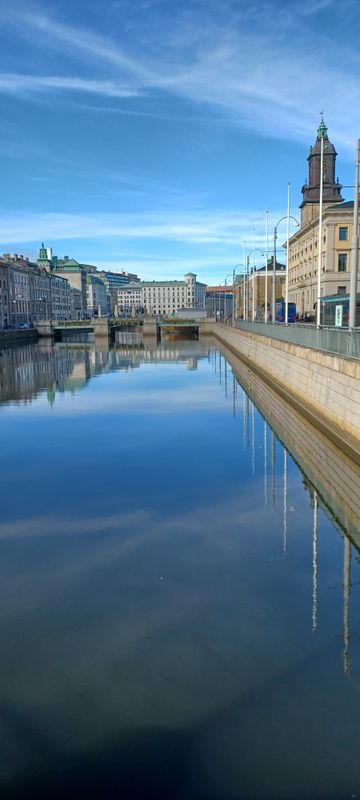
View of the main harbour canal of Gothenburg from The Lion's Staircase |
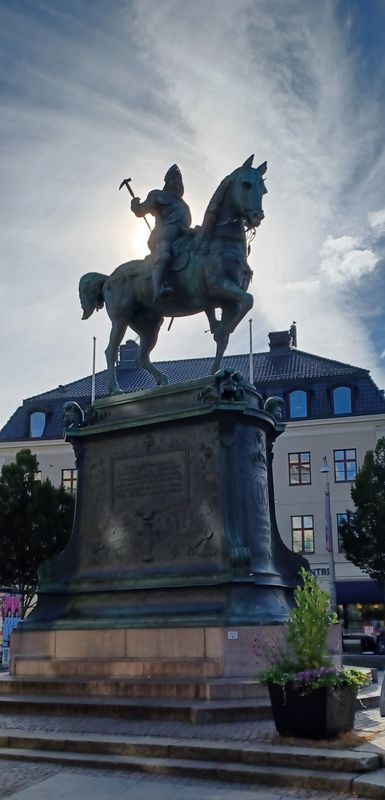
Charles the IX's equestrian statue- reigned as King of Sweden from 1604 until his death in 1611 |
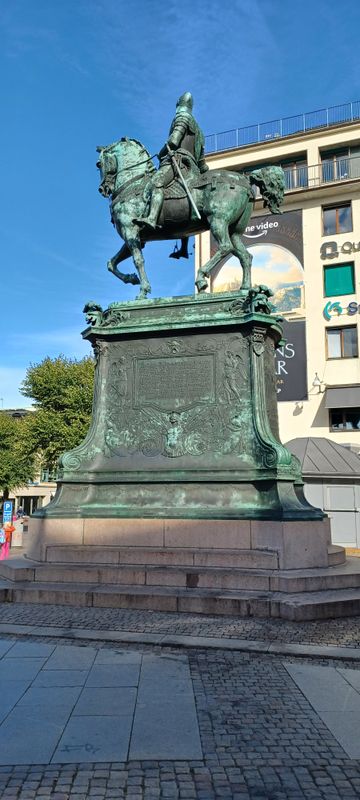
Actually only the third Swedish king called Charles and was considered by many to have been a tyrant and perpetrator of violence |
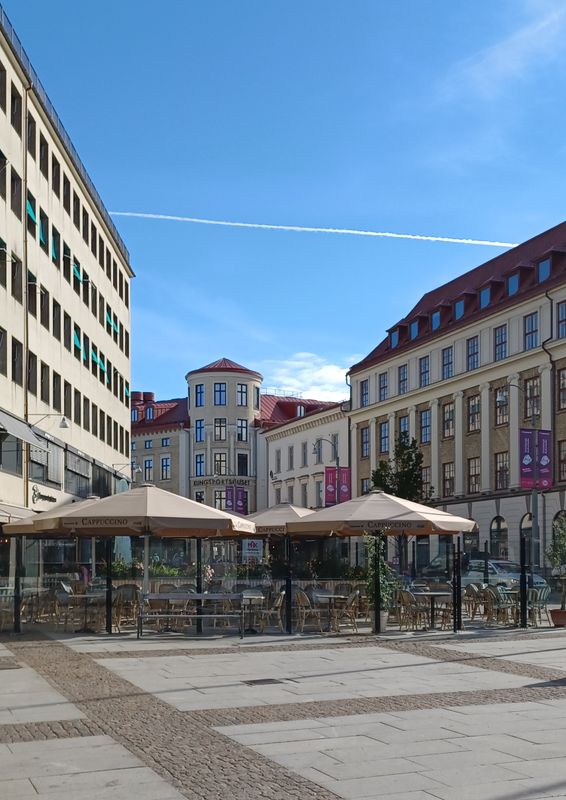
Kungsportsplatsen(King's Gate Place)- was the main entrance to the fortified city, which was and still is surrounded by a moat |
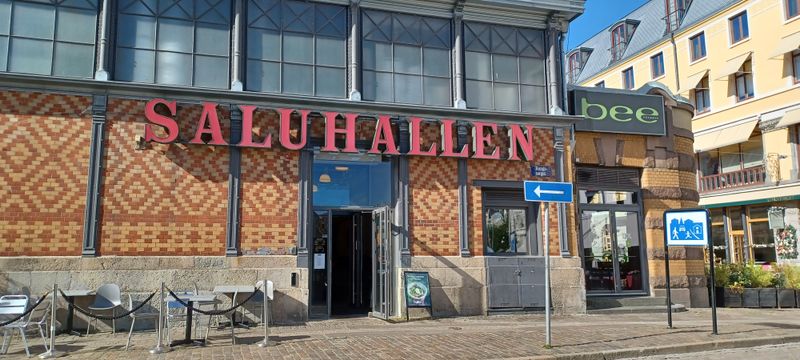
Stora Saluhallen (The Market Hall) |
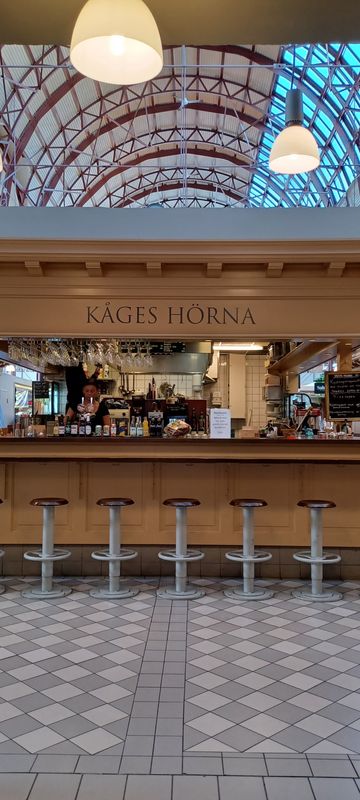
Old-fashioned gourmet food hall with vendors offering cheeses, baked goods, deli sandwiches & more |
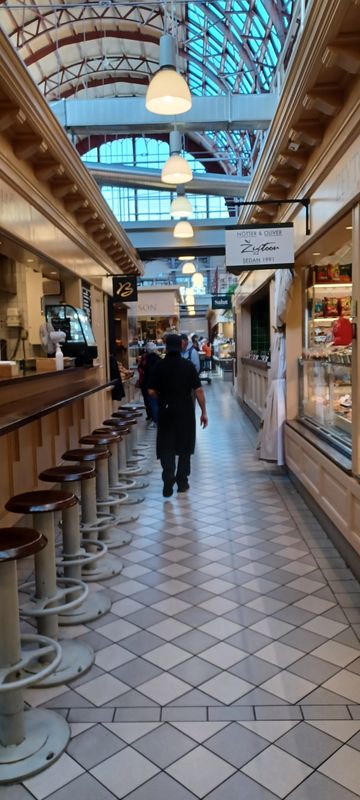
A taste of the old world and really personal service from vendors who know their products |

Saluhallen has lovely artisan bakers, butchers, cheese shops etc and several places where you can eat |
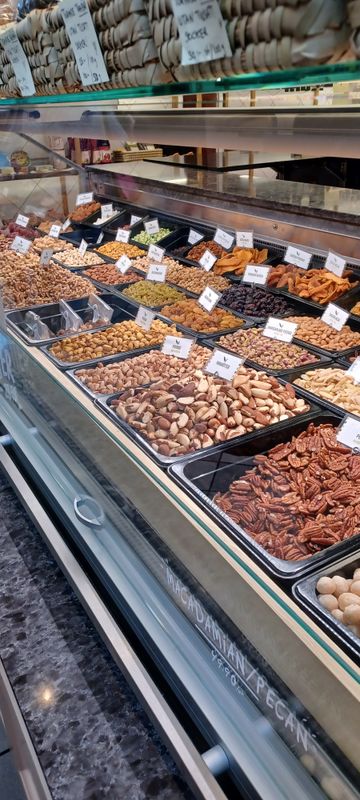
Stora Saluhallen |
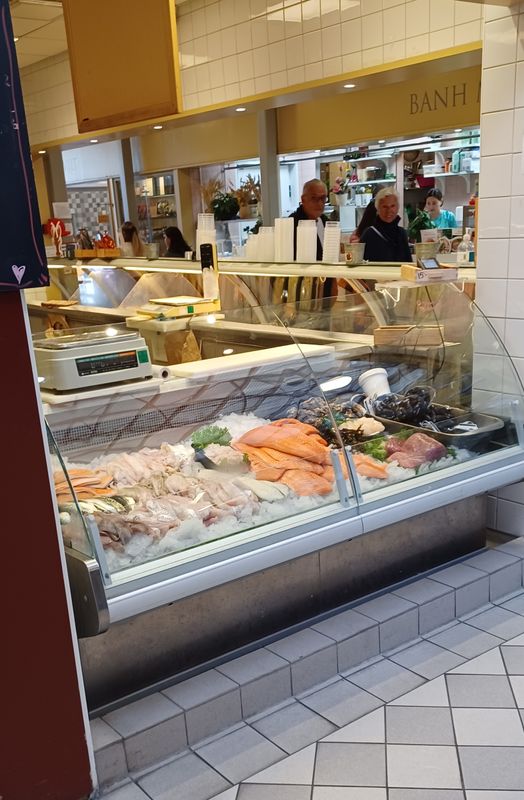
Stora Saluhallen |
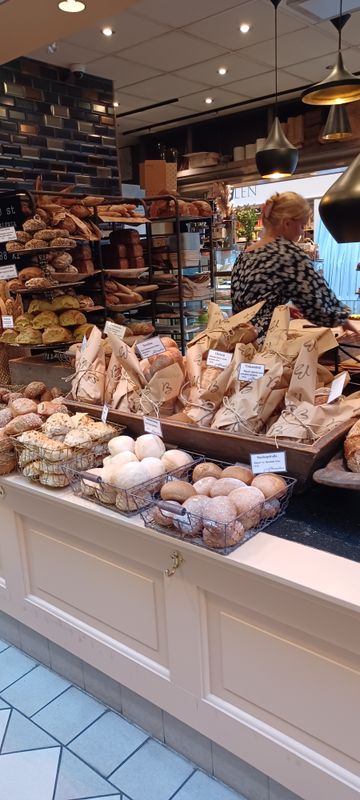
Stora Saluhallen |
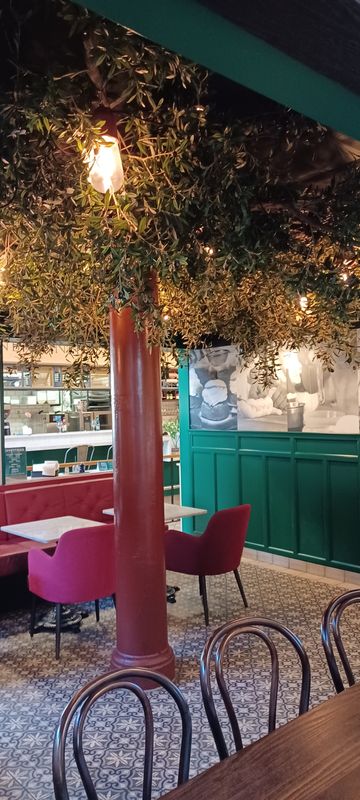
Stora Saluhallen small eating area made to look like and outdoor area |
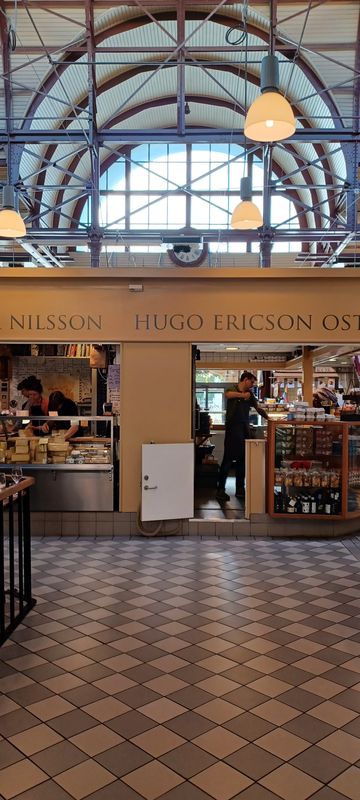
Stora Saluhallen |
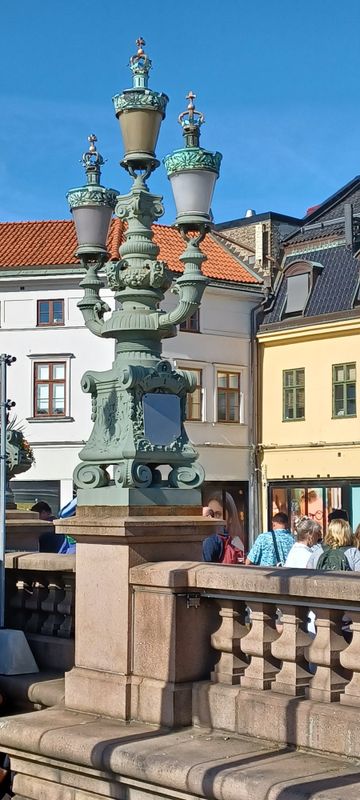
Awesome lamp posts on Kungsport (King's Gate) Bridge |
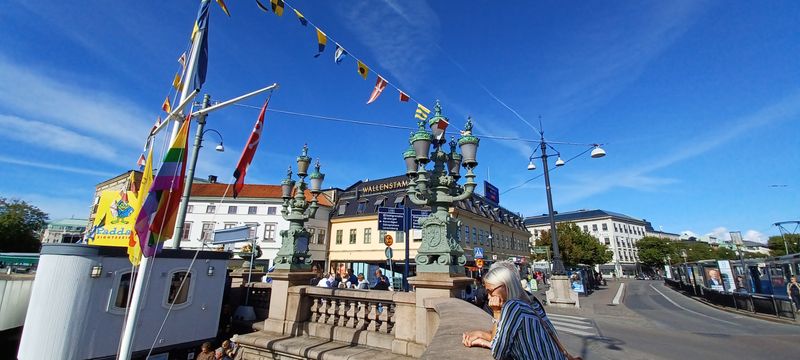
The Avenue (formerly Kingsgate Avenue), the main boulevard of Gothenburg starts here at Vallgraven (The Moat) |
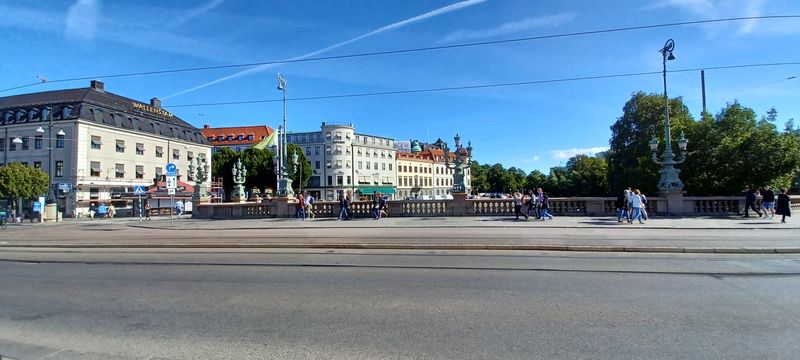
The design of Avenyn was inspired by established formal European streets like the Champs-Élysées in Paris |
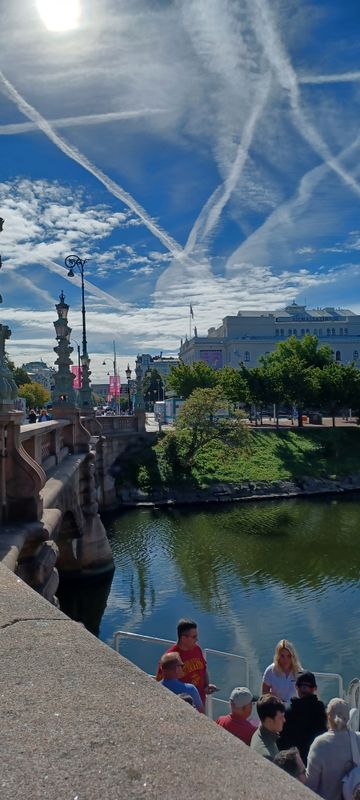
King's Gate bridge over the Göta Canal, the Grand Theater and The Avenue |
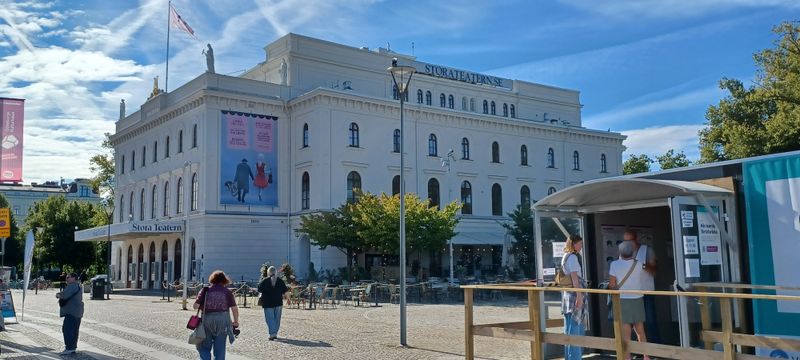
Stora Teatern (Grand Theater)1859 A fantastic old theatre with beautiful acoustics |
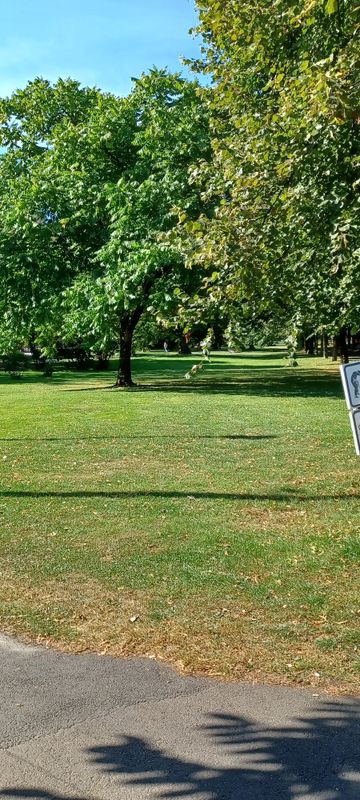
Kungsparken built between 1839 and 1861, surrounds the canal that circles the city centre |
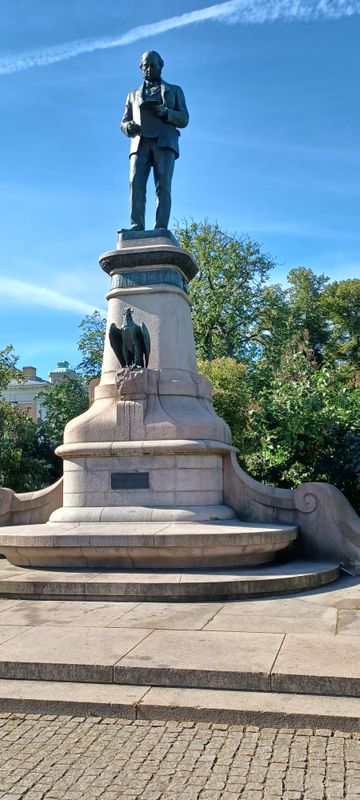
John Ericsson, Naval inventor born in Sweden, received his first apprenticeship during the construction of the Göta Canal |
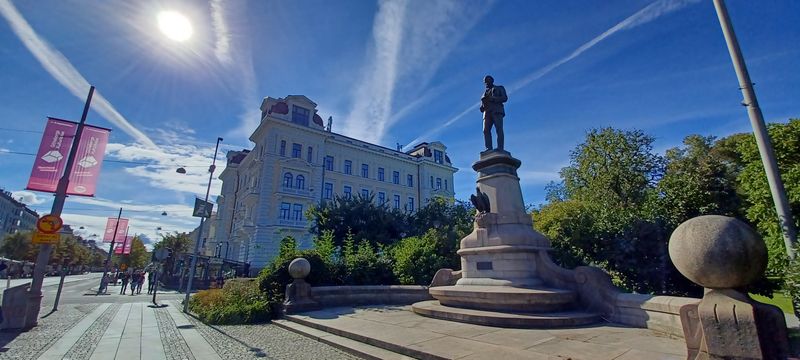
Avenue 1 with Olivia Avenyn Restaurant just behind John Ericsson Statue |
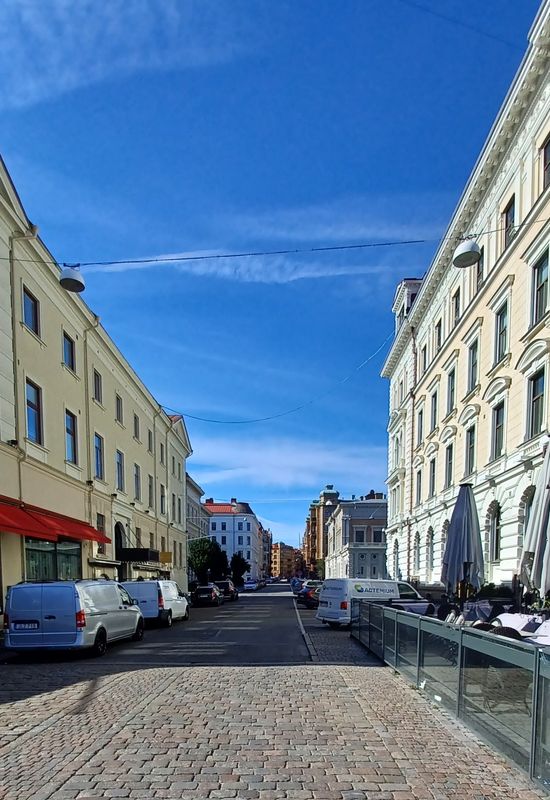
View up the side street Storgatan to the Göteborg Baptist Church(white rounded bldg on the left) |
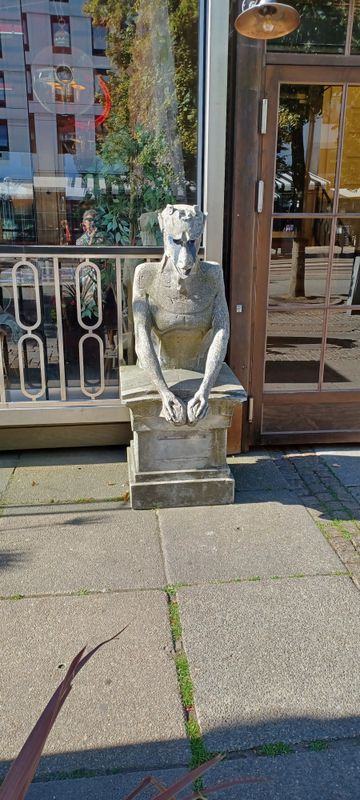
Couple of cool Gargoyles or rather Grotesques decorating the front of Bistro Français |
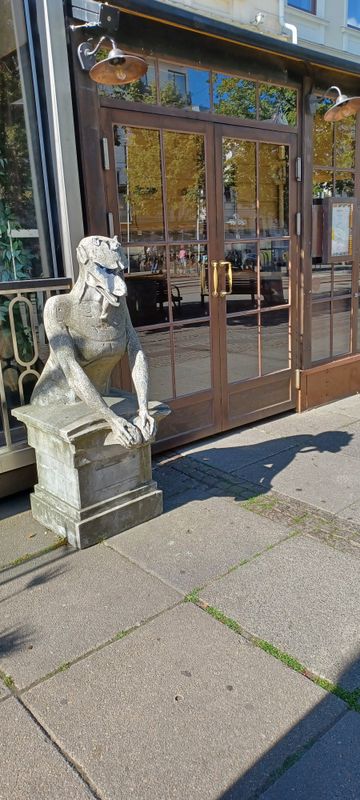
If not constructed as a waterspout, serving an ornamental/artistic function, the technical term is a grotesque, chimera, or boss |
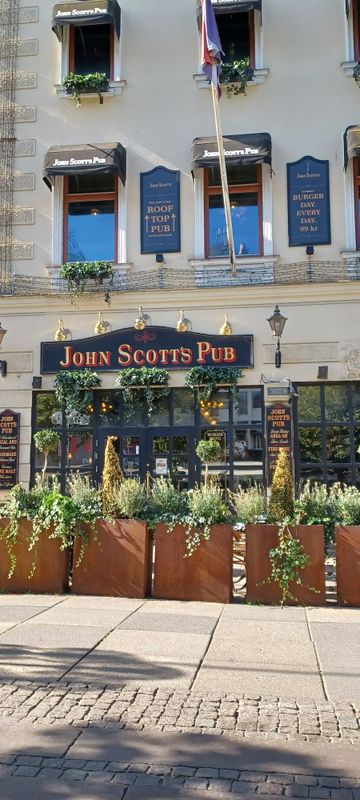
John Scott's Pub for the authentic British pub experience in Sweden |
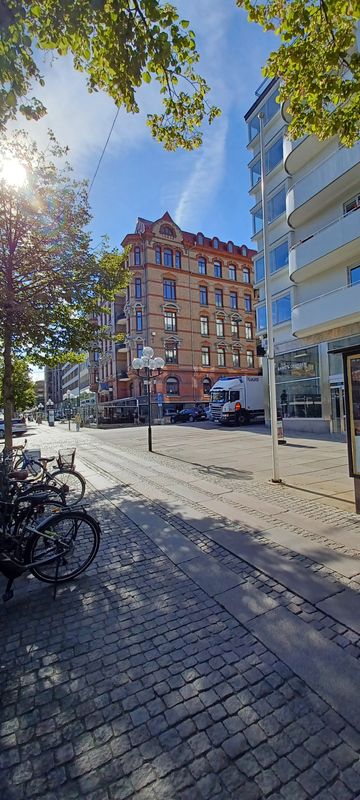
Initially a residential street for the wealthy businessmen of the city |
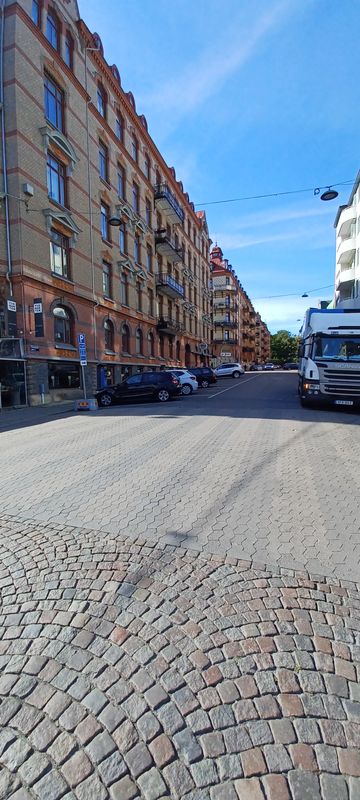
Today has a major concentration of pubs, clubs and restaurants |
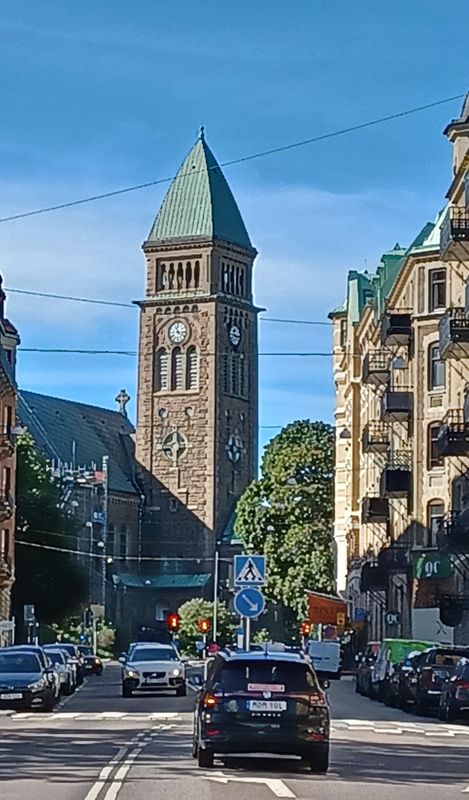
The Vasa Church Belltower founded in 1909, built in a Neo-Romanesque style, of granite that was brought from Bohuslän |
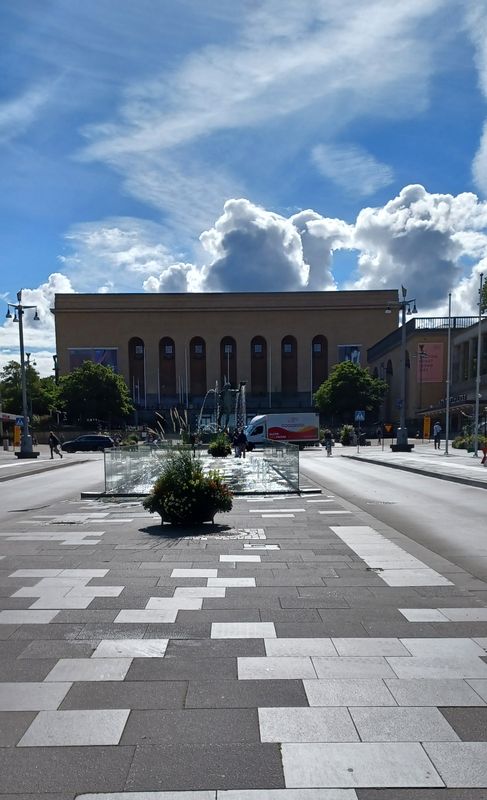
Götaplatsen, a public square at the southern end of Avenyn, is Gothenburg's cultural hub |
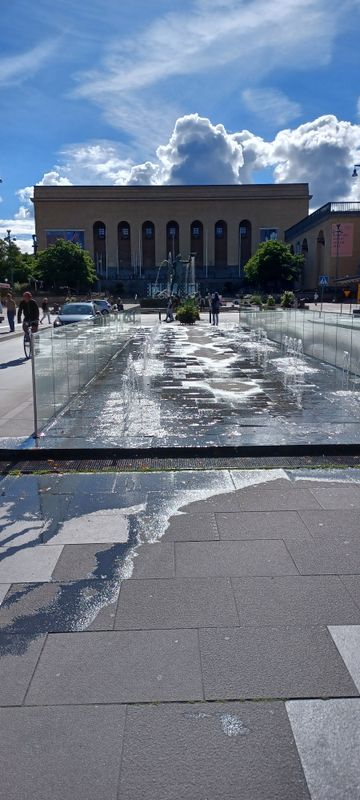
Vattenspel(water play) Fountain in front of the Gothenburg Museum of Art |
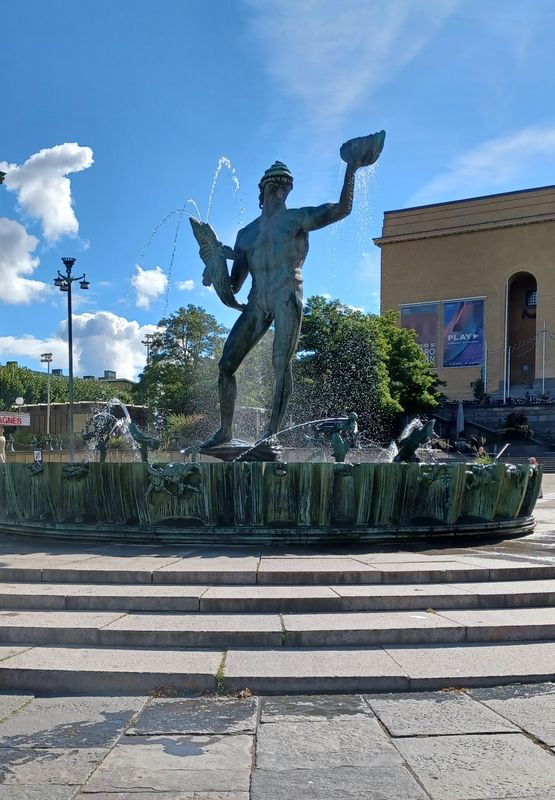
At the centre of the square presides the Poseidon statue by Carl Milles |
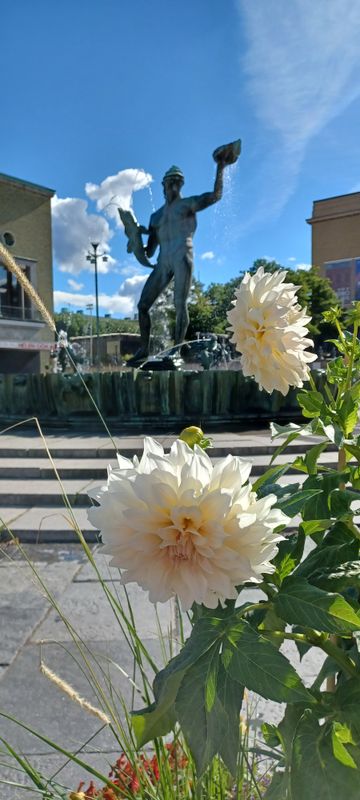
Historically a place of protests and forum for change, the statue has become one of the symbols of the city |
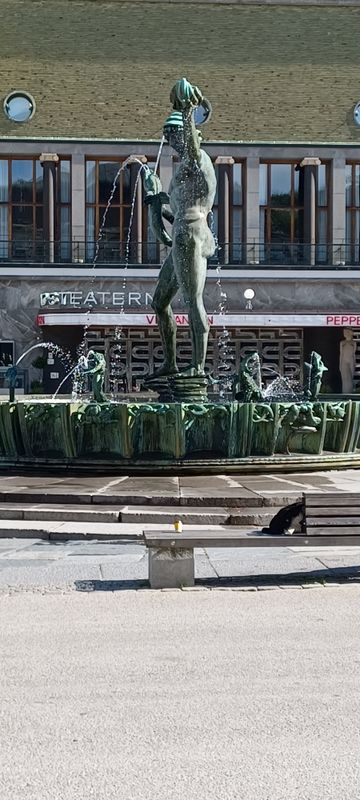
The Gothenburg City Theatre and the City Library behind Poseidon |
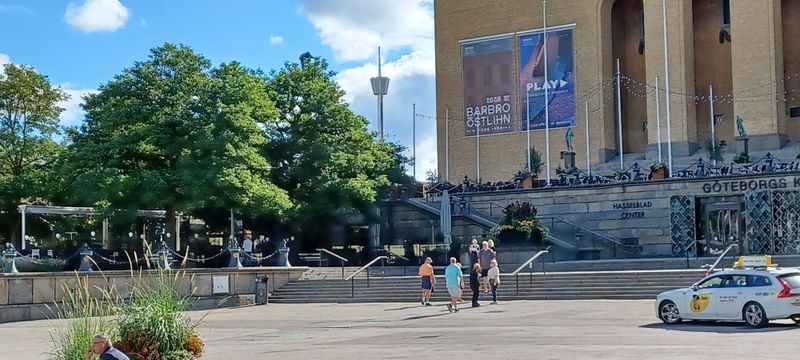
Glimpse of the Liseberg amusement park's AtmosFear free fall tower between the trees and the Museum |
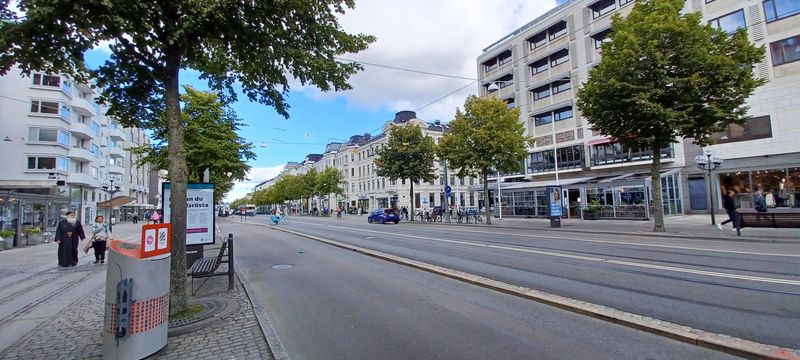
The Avenyn as we head back towards King's Gate |
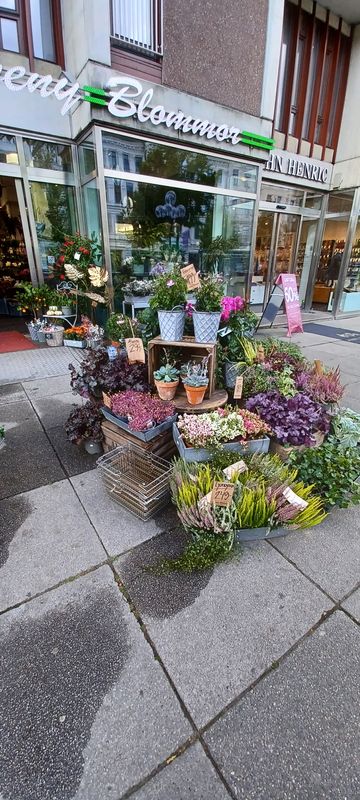
Lots of flower shops in amongst the retail shops and restaurants |
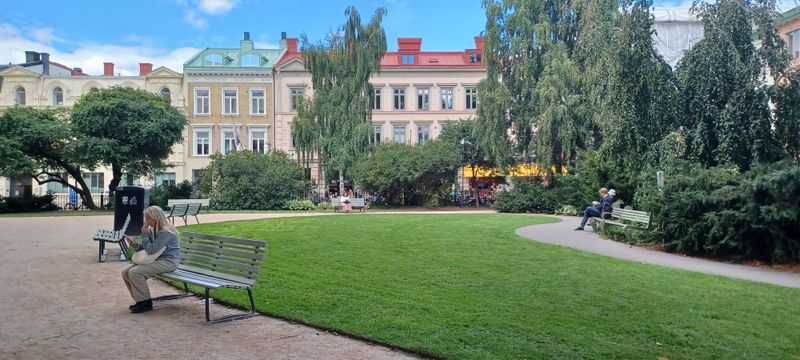
Beautiful and peaceful grounds behind Gothenburg Cathedral |
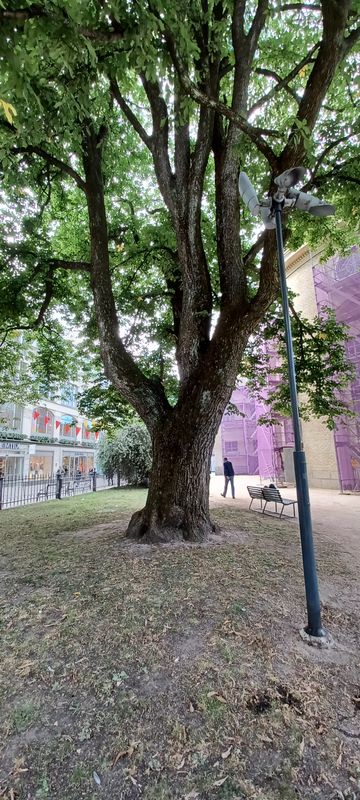
Huge tree planted in 1851 on the grounds around Gothenburg Cathedral |
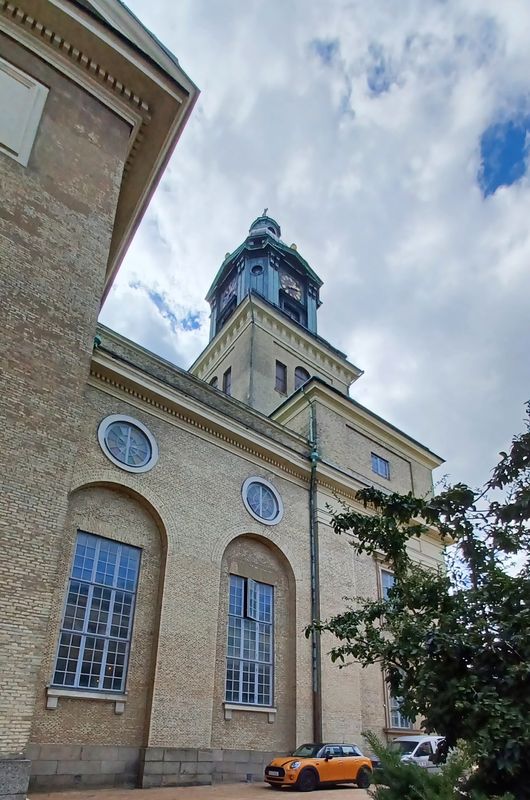
The original church built here in 1624 was the city's first church & one of the first buildings in Gothenbur |
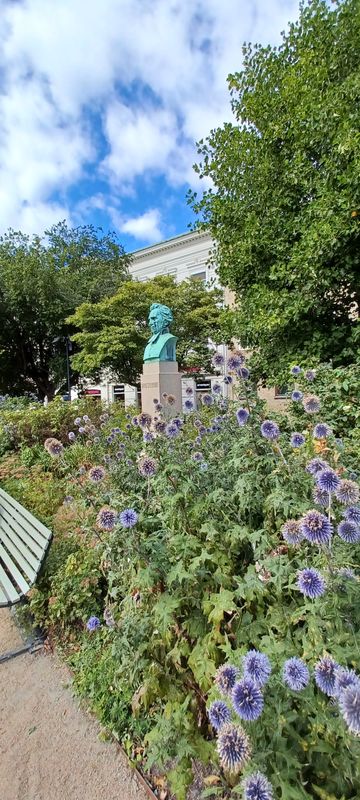
The church was part of the established Church of Sweden and was initially named Gustavi church after Gustavus Adolphus |
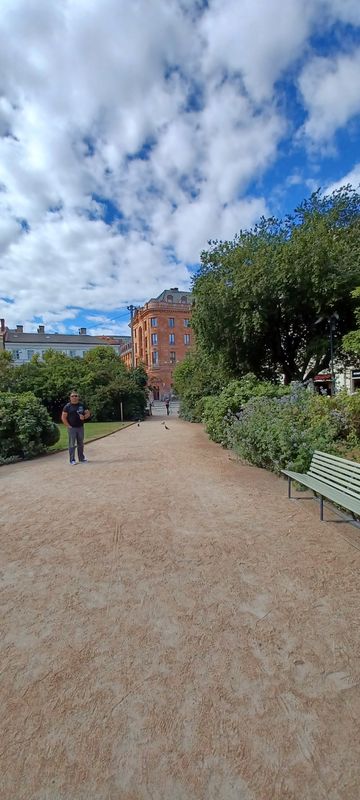
With the establishment of a cathedral chapter in 1665, it was elevated to cathedral status |
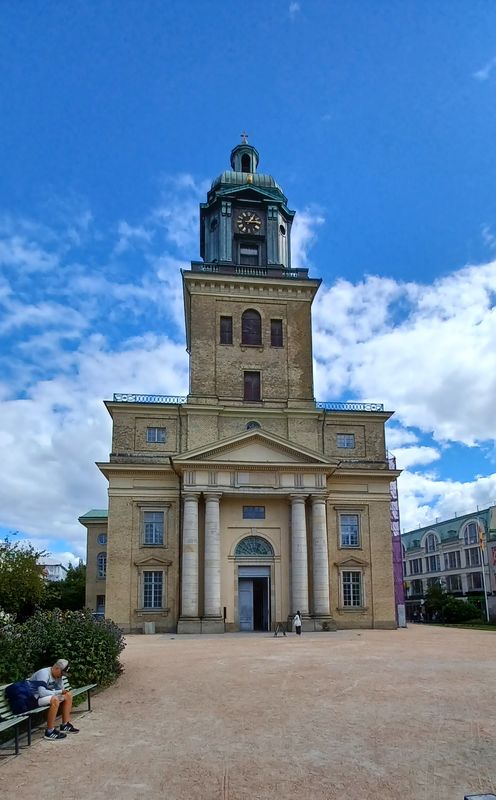
The present cathedral designed in classical style |
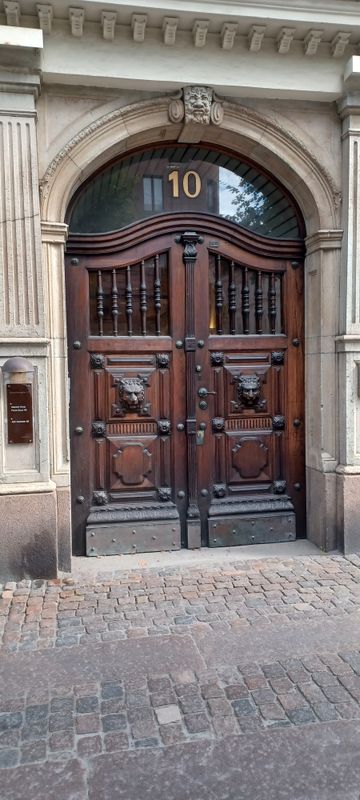
Massive wood carved door at Västra Hamngatan 10 |
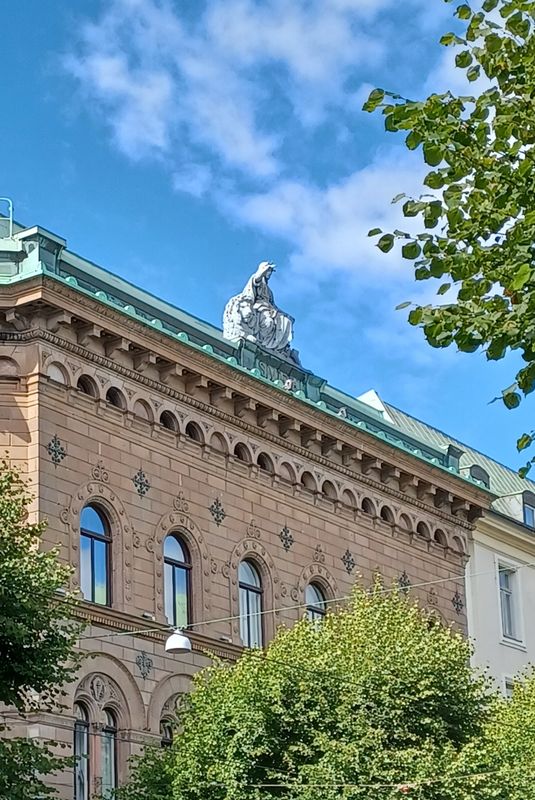
Mother Svea (a female nation personification for Sweden) Gothenburg's only remaining roof statue |
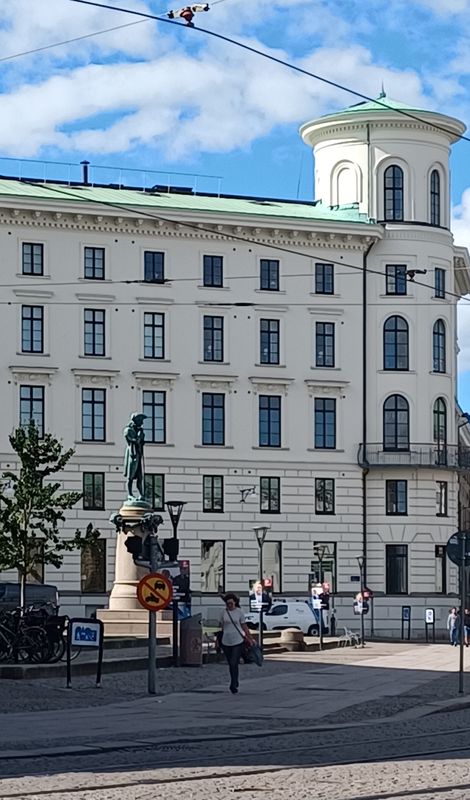
Statue of Jonas Alströmer - a pioneer of agriculture and industry in Sweden |
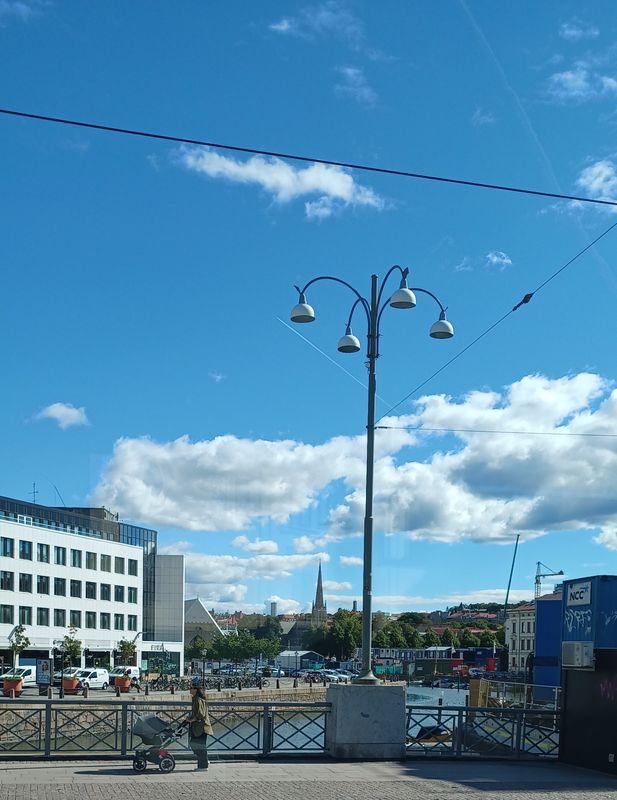
Glimpse of the Feskekörka ( long-running fish market) and Hagakyrkan (the Haga Church) one of Sweden's first Neo-Gothic churches |
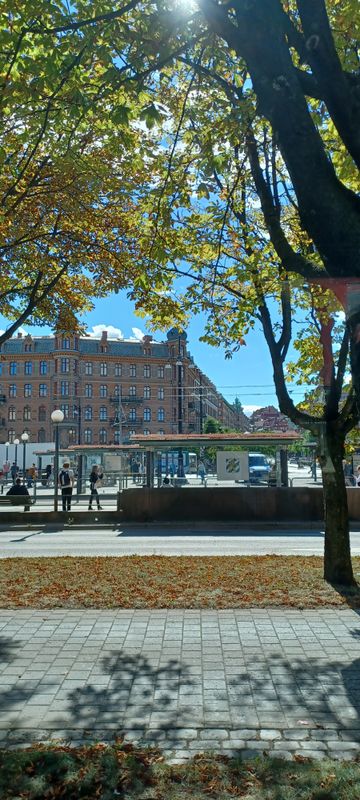
Järntorget (Iron Square) traditional home of the city's labour movement |
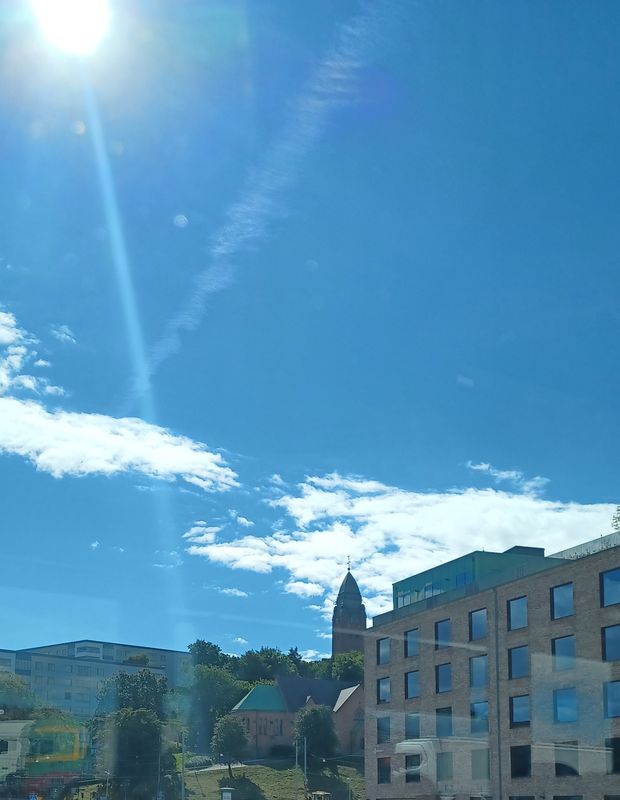
Masthugget Church 200 ft tower on a high hill has become one of the symbols of Gothenburg |
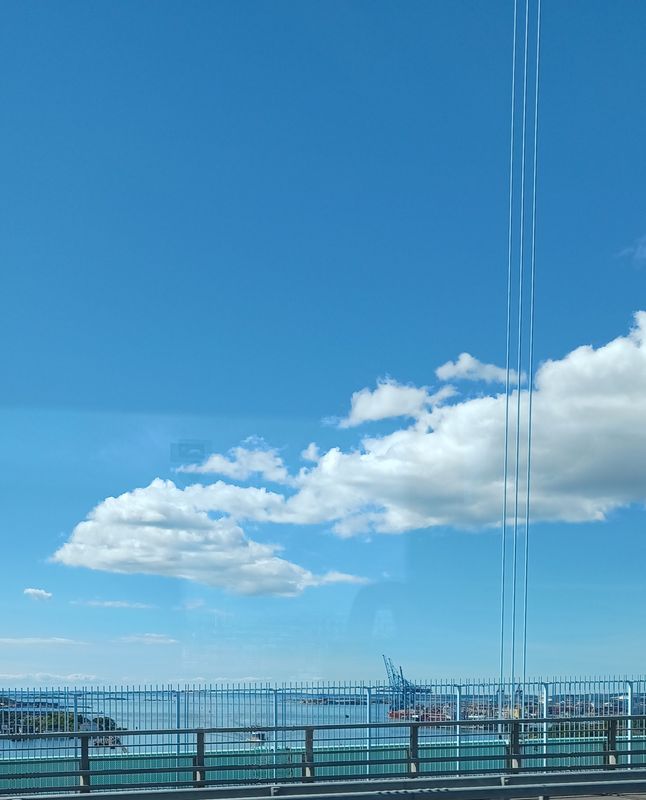
View from Älvsborg suspension bridge over the Göta älv (River of Geats) that drains lake Vänern into the Kattegat |
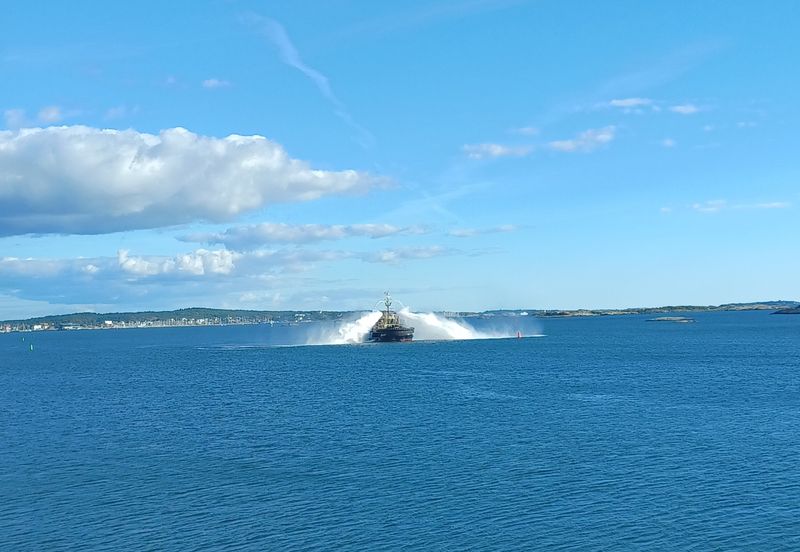
Gothenburg Water Canon show for cruise ships as we were leaving port |

Gothenburg Water Canon show for cruise ships as we were leaving port |











